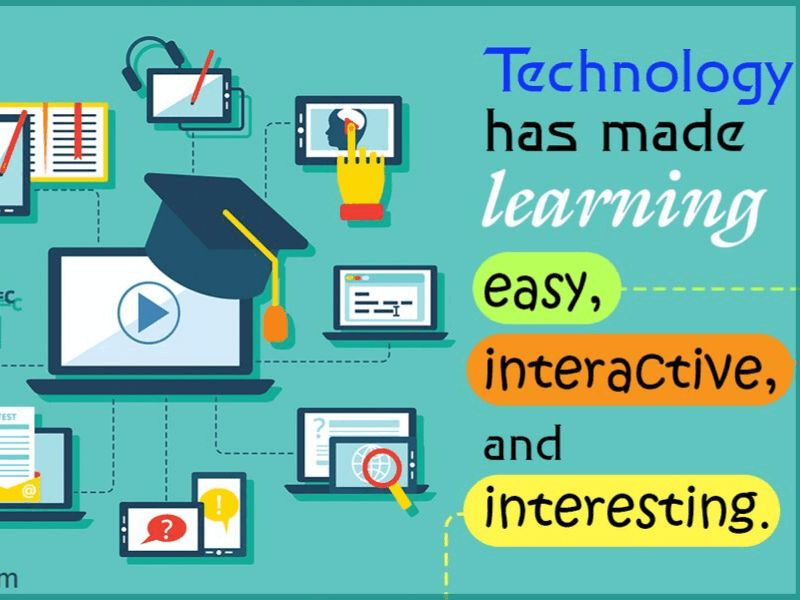The rapid rise of massive open online courses (MOOCs) to the widespread use of mobile devices that can support a variety of learning models, technology is creating new challenges and many more new opportunities for educational institutions of all types, from early education to universities.
Technology is changing the dynamics of the education system, especially the relationship between teachers and students. As educators begin to rethink the learning experience, we believe it will be important to also reshape traditional educational.
Among the fastest-growing and irreversible trends at all levels of education is increasing the use of laptops, tablets and other mobile devices. Many schools now provide every student with a laptop or tablet. At colleges and universities, many undergrads now own tablets as well as laptops. Always interested in the advantages of portability, a growing number are also now asking for the content to be delivered to their smartphones.
Some time ago, mobile devices were used exclusively as a substitute for conventional tools like handouts, books, paper, and pens. Today, however, these technologies are beginning to transform how teaching and learning actually take place.
There’s multi-device synchronization with software that supports multi-user collaboration and support for virtual conversations, both within and beyond the classroom. And more students and teachers are creating their own digital content, including animations, presentations, and videos.
Combination of Virtual and Physical Technology

The information that only teachers possessed in the past is now available to students online through various mediums or channels. As a result, teachers are now leveraging technology to create a different role for themselves in classrooms. Instead of using class time to spoon-feed information, technology is helping them use their time with students to advance problem-solving, communication and collaboration, which are the type of higher-order skills that leading education specialists believe to be the goal for today’s world.
As the flood of technology trends washes over education, some things are still the same. For example, students and teachers haven’t abandoned analog materials and we don’t expect them to anytime soon. They continue to use blackboards, paper, and notebooks to capture and visualize thought processes.
Blending Worlds

At all levels of education, learning is now occurring both remotely and onsite through blended learning. An example of this is a classroom model in which students access the content online as their homework. After that, they apply this new knowledge in the classroom in various ways.
Blended learning saves money, which makes it popular in today’s challenging economy. There are also early signs from several studies that suggest giving students more control over how they access the content can be more beneficial than face to face learning or virtual learning.
Read More: Interview with Dr. Manpreet Singh Manna on SWAYAM
Online Learning is here to stay

Blended learning has changed the role of the teacher into more of a facilitator and coach. Classrooms designed for a teacher at the front of the room may now need to concurrently support self-directed work at computers as well as projects.
Various institutes, while embracing various forms of online learning, is also looking for ways to build student-teacher engagement and monitor performance through MOOCs.However, approaches are still experimental. Online discussion forums haven’t eliminated the need of face to face interaction between professors and students. MOOC platforms are making this easier for students to meet through online social networking portals, grouped by geographical regions.
Development is taking place in previously underdeveloped countries and new technologies impact the way that knowledge is transferred and distributed. Education is becoming even more valued all over the world. These quests continue to develop both its processes and the places where it takes place.
For More Such Articles, News Update, Events, and Many More Click Here

